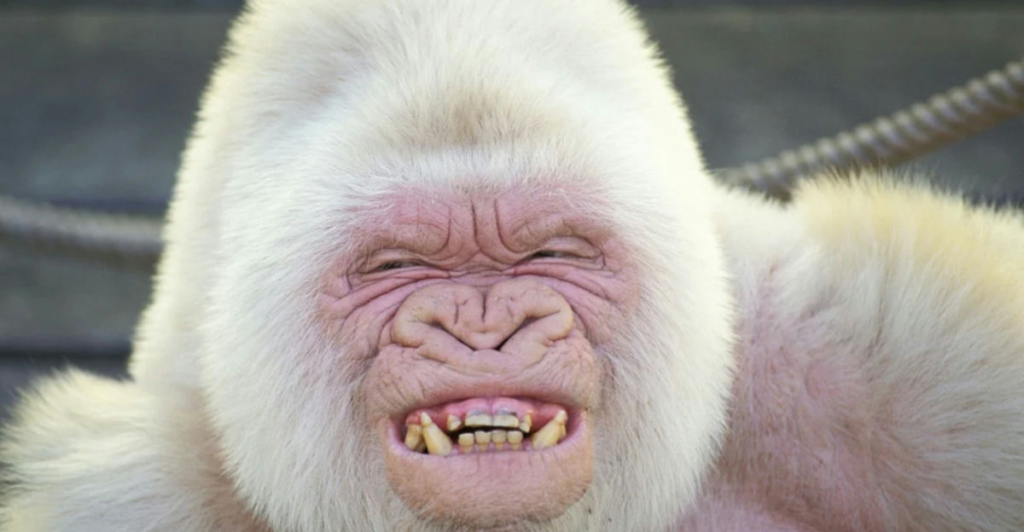
Animals can be some of the most awe-inspiring creatures, and sometimes, we are surprised even by some of the rarest animals in the world. These animals lacking melanin are born with striking white coats, pink eyes, and an otherworldly presence that makes them stand out.
1. Alligator
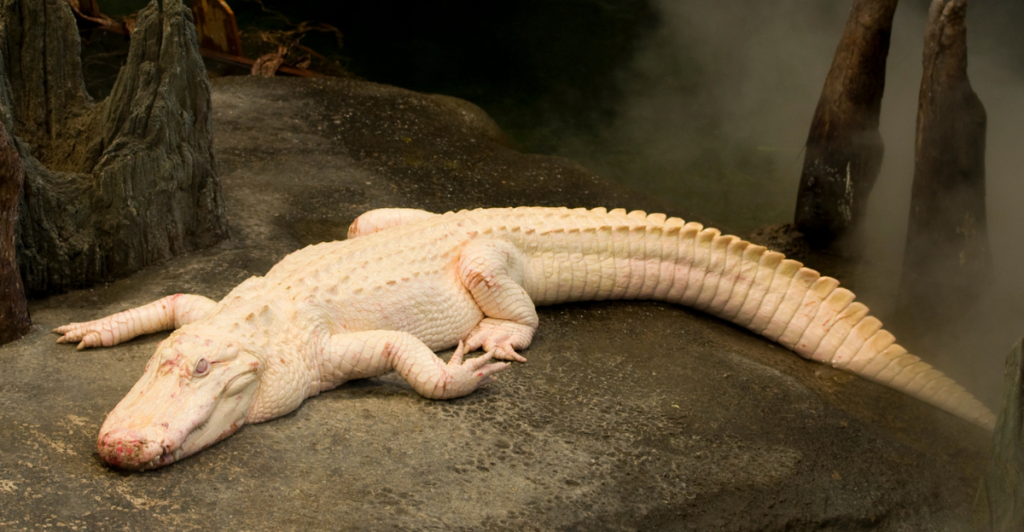
These alligators are found mostly in captivity, where they can be protected from UV rays and threats. There are only between 100 and 200 albino alligators worldwide, and they are a mesmerizing sight.
2. Snake

Snakes can be intimidating, but these albino snakes are quite the opposite. These serpents appear almost ethereal, their bright, translucent bodies setting them apart from their typically more camouflaged counterparts. Seeing albino snakes can be rare, but they have been found in the wild and in captivity.
3. Kangaroo
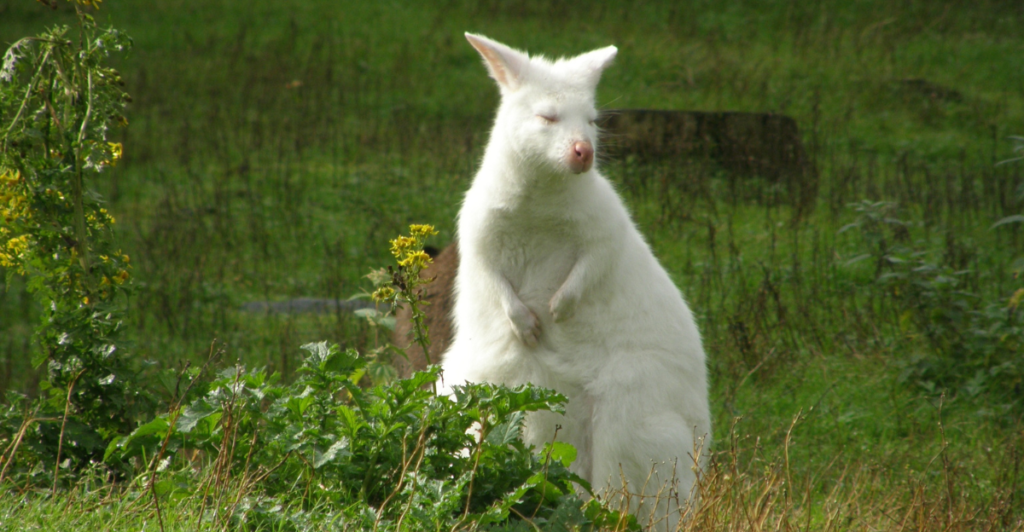
These roos can be found in the wild, but their lack of color makes them vulnerable to predators. Although they are slightly less rare than most albino animals, only one in 100,000 kangaroos are born without pigment. Due to the threats they face in nature, they can mostly be found in captivity for protection.
4. Lion

While they might seem the same, there’s quite a difference between a white lion and an albino lion. White lions have lighter pigments in their fur, and the pigment in their eyes still stays the same. They might even have darker patches of fur. Albino lions, on the other hand, have a complete lack of pigment in their fur and have pink or red coloration in their eyes. Researchers believe there are less than 13 of these lions worldwide.
5. Donkey
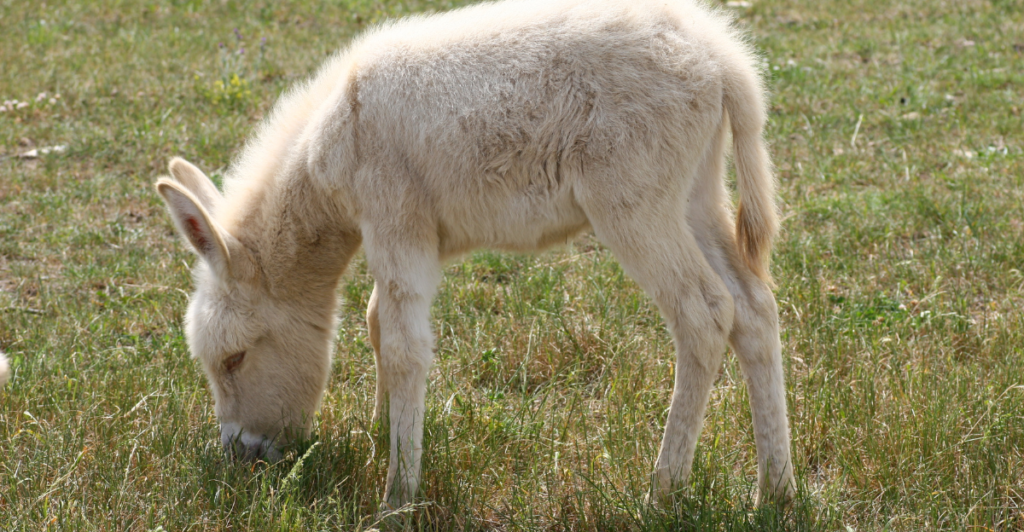
While these donkeys may be unique for their color or lack thereof, their condition negatively affects them. Their pale skin makes them more susceptible to sunburn and other environmental stresses, so albino donkeys are often found in protected areas or cared for in more controlled settings. They are rare to be seen, especially in the wild, but they are a sight to see.
6. Deer
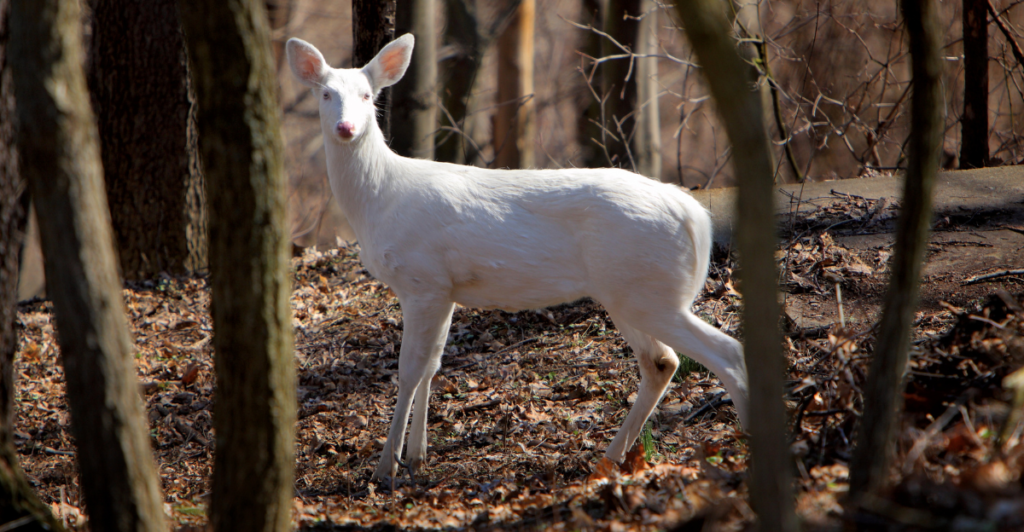
Albino deer are incredibly rare due to their vulnerability in the wild. They are easily visible to predators and less adept at blending into their surroundings. While they can sometimes be found in protected areas, their numbers are low, making every encounter with one a truly magical experience.
7. Frog

These little critters can be hard to miss as they don’t blend into their environment. Although not unlikely, they might be hard to see out in the wild as predators easily spot them. Some species are more prone to the albino gene than others, but they are still rare.
8. Hedgehog
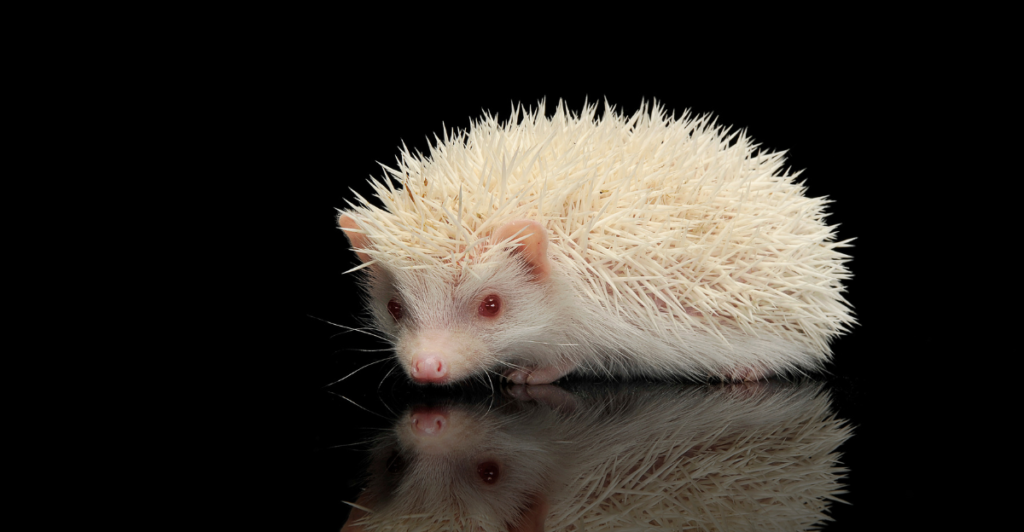
The chances of spotting one of these in the wild are slim to none. Most albino hedgehogs are either kept in sanctuaries or as pets due to their vulnerability to predators in the wild. Despite their appearance, these little critters are still pretty fast and active, but they have a bigger target on their back than usual.
9. Gorilla
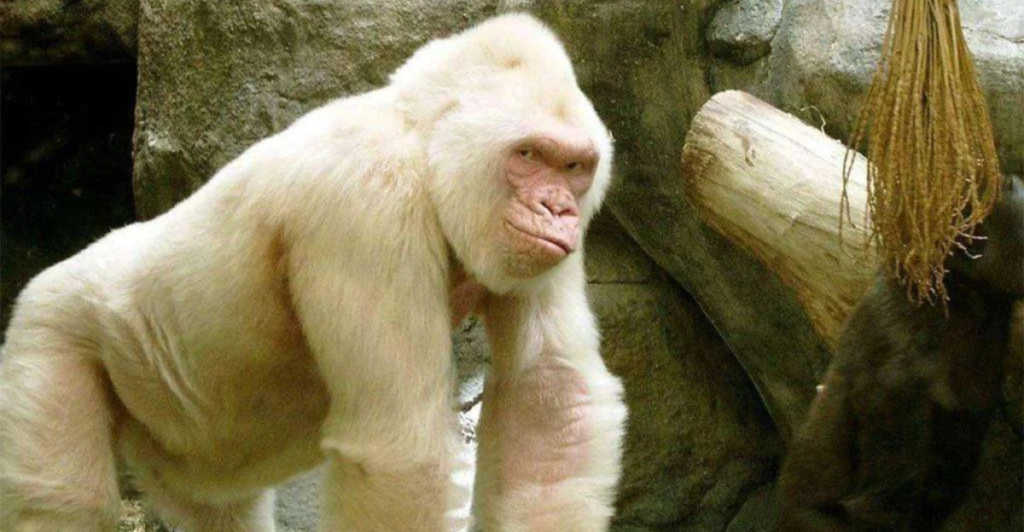
This is one of the rarest albino animals to date. There has only ever been one known albino gorilla, Snowflake. Snowflake lived in the Barcelona zoo for 40 years before passing away from skin cancer, which was most likely caused by his condition.
10. Skunk

You might get quite confused when encountering one of these out in the wild, as they are usually black with a white stripe, and they won’t be there to warn you of the smelly danger ahead. Thankfully, most albino skunks are found in captivity or protected areas, where they can live safely without the added risks of predation.
11. Lobster
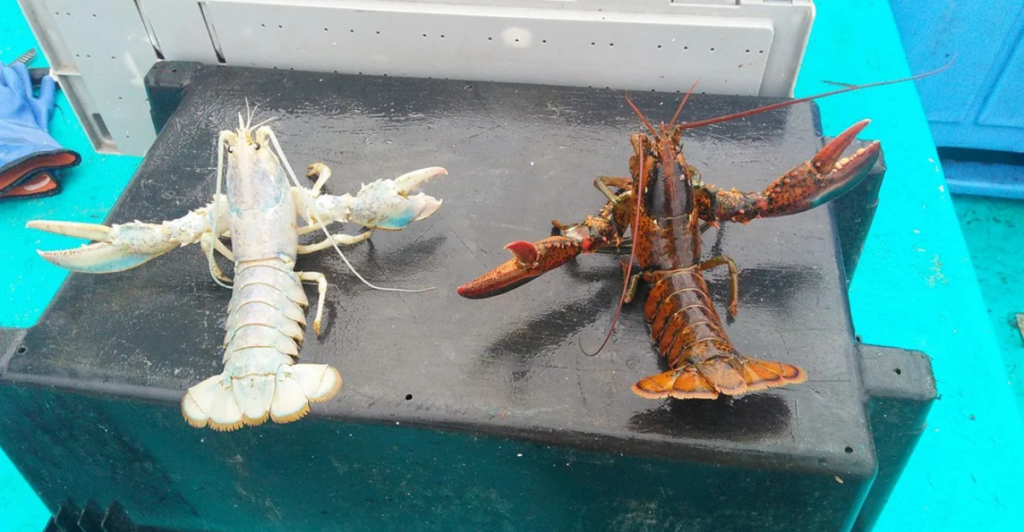
This would have to be one of the best catches of all time, as scientists estimate that the chances of finding one in the wild are as rare as 1 in 100 million. While their lack of color doesn’t affect their survival ability, it makes them stand out from predators in their natural habitat. Because of their rarity, many albino lobsters caught are donated to aquariums rather than served on dinner plates, allowing people to admire these stunning creatures up close.
12. Dolphin

Dolphins are already such breathtaking creatures, but seeing an albino dolphin is a one-in-a-lifetime experience. Seeing one in the wild is exceptionally rare, with only a handful ever documented. Their lack of pigmentation makes them more vulnerable to sun exposure and potential predators, though their intelligence and agility still give them a strong chance of survival.
Discover more of our trending stories and follow us to keep them in your feed

The Real Cause Behind Los Angeles’ Devastating Wildfires
Scientists Are Bringing Back The Wooly Mammoth
The War on Cows Is Over—And Green Extremists Have Lost
Areas Of The U.S. And The World That Will Be Uninhabitable By 2070
References:
Reference 1
Reference 2
Reference 3
This article first appeared here
Stay connected with us for more stories like this! Follow us to get the latest updates or hit the Follow button at the top of this article, and let us know what you think by leaving your feedback below. We’d love to hear from you!







